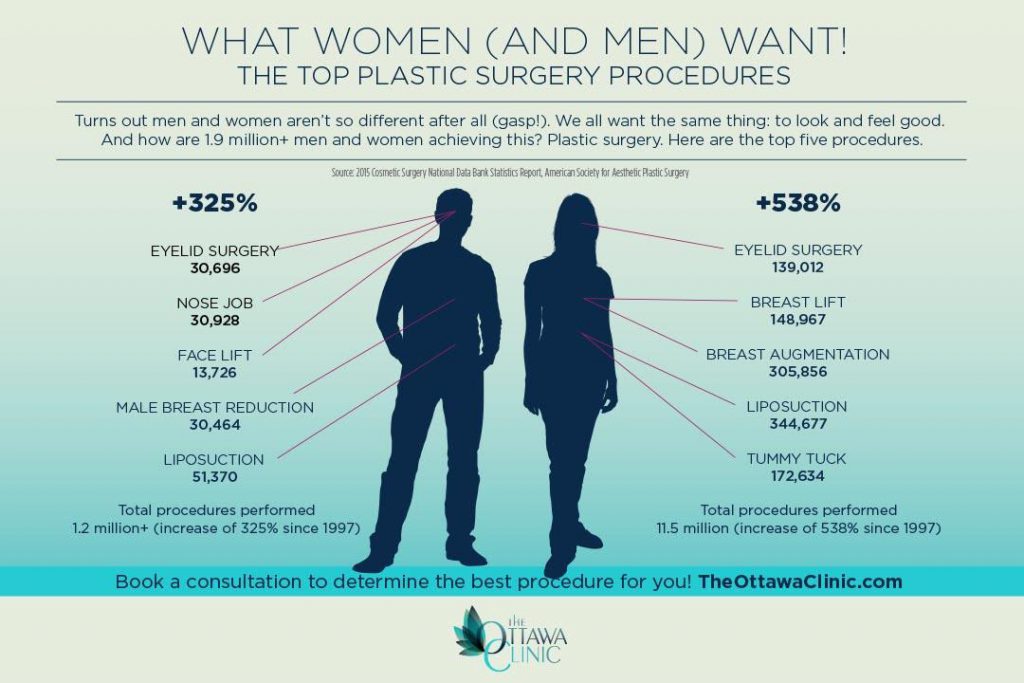Benefits Of In Office Acne Treatments
Benefits Of In Office Acne Treatments
Blog Article
Acne Treatment - What Are AHAs in Acne Therapy?
AHAs are an essential component for unclogging pore obstructions and lightening up acne-prone skin. They work by breaking down dead skin cell accumulation to promote more recent, fresher cells, and protecting against future clogs.
Creating topical AHAs requires meticulous interest to various crucial factors that dramatically impact their efficiency and tolerability. Preserving the optimum pH range, in addition to vehicle option and concentration, intensifies their exfoliative characteristics while minimizing prospective damaging reactions.
Glycolic acid
Glycolic acid is recognized for its mild yet reliable exfoliating properties, which promote skin's all-natural losing and loosen the "adhesive" that holds dead cells on the surface of the skin. This assists unblock pores and reduce the look of fine lines and creases, along with enhance total skin texture and tone.
Remarkably, topical glycolic acid has actually likewise been revealed to stimulate the manufacturing of collagen, which is crucial in keeping skin's firmness and flexibility. It is important to note, nonetheless, that because glycolic acid can promote the skin's level of sensitivity to sunlight, it is vital to use sun block when using any type of items containing this component.
Skin doctors pay careful focus to the formulation of items containing AHAs in order to enhance their efficiency and tolerability. Developing AHAs with the proper lorry, along with pH and concentration factors to consider, allows for ideal skin infiltration while decreasing prospective damaging responses. This is especially critical for patients with delicate skin, given that AHAs are known to be slightly bothersome.
Lactic acid
Lactic acid is found in lots of over-the-counter skin treatment products and some more powerful specialist peels and treatments. It has the most affordable molecular weight of all the AHAs and has the ability to penetrate much deeper right into the skin, where it is extra efficient at unclogging pores and scrubing.
Like glycolic acid, it also stimulates collagen synthesis, which assists lessen fine lines and wrinkles and enhance skin appearance. Additionally, it has moisture-retention residential or commercial properties, which makes it better for drier skin kinds than various other AHAs.
The considerable body of clinical data validating the effectiveness of topical AHAs sustains their utility in a wide variety of dermatological conditions and aesthetic issues. These include elaborate skin renewal procedures, attenuation of fine lines and wrinkles, lightening of hyperpigmentation, restorative intervention for actinic keratosis, and acne administration [2] Maximizing the solution of AHAs by stabilizing pH, focus, and lorry option better boosts their healing capacity. These cautious factors to consider allow skin specialists to provide risk-free and efficient treatments that offer exceptional medical results.
Mandelic acid
Mandelic acid, derived from almonds, is another participant of the AHA family members and is a preferred ingredient in products that assist treat acne. Its larger molecular size means it penetrates the skin extra gradually and delicately, which can lower the potential for irritation. It's also less most likely to cause soreness and various other skin level of sensitivity concerns, making it appropriate for sensitive skin types.
Mandelic Acid is thought to help in reducing swelling and boost hydration. It works by loosening the bonds in between dead skin cells, permitting them to drop and disclose fresher-looking skin. It likewise helps reduce the appearance of enlarged pores.
Creating topical items with AHAs needs an accurate balance of essential elements that significantly impact their efficiency and tolerability. Particularly, the pH of an AHA formulation has been revealed to play a critical role in its capacity to advertise exfoliation and enhance complexion and appearance. Attaining this ideal concentration is a tough objective and needs meticulous focus to the numerous aspects that affect the formulation procedure.
Citric acid
Citric acid, discovered in citrus fruits such as oranges and lemons, is a mild AHA. It's much less annoying than glycolic or lactic acid, making it more suitable for delicate skin. It likewise has astringent buildings, assisting to dry out excess oil.
Like various other AHAs, citric acid can be utilized in chemical peels and daily active/maintenance therapies to scrub the skin and promote cell turnover. It can help in reducing the appearance of dark spots and hyperpigmentation, along with great facial lines.
It can additionally enhance the synthesis of glycosaminoglycans, which play an important duty in enhancing the skin obstacle feature. This assists to prevent trans-epidermal water loss, and preserve optimal hydration degrees in the skin [35]
AHAs can be combined with comforting components such as ceramides or hyaluronic acid to improve their tolerability. They can be included into daily active/maintenance skin care through lotion or serum solutions. This enables experts to tailor their AHA treatments revision skin care based on patient requirements and preferences, with the versatility of choosing from various treatment strengths or concentrations.